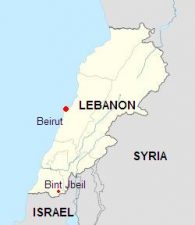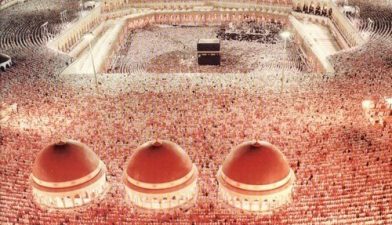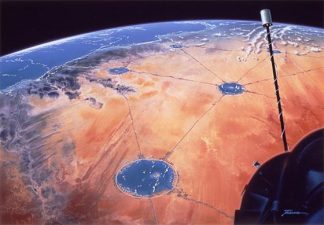 A guest post by Rhone Resch (right), president and CEO of the Solar Energy Industries Association (SEIA):
A guest post by Rhone Resch (right), president and CEO of the Solar Energy Industries Association (SEIA):
There is clear evidence that we need to do more and we need to do it sooner to address the pressing problem of global climate change. Yesterday, a delegation of global solar industry groups released a report at the UN Framework Convention on Climate Change (UNFCCC) in Copenhagen that showed how much electricity demand can be met by solar energy through 2020.
The European Union and the United States – the two most accelerated targets – indicated that with the right policies solar meet 12 percent and 15 percent, respectively, of electricity demand by 2020. With world-class solar resources, the Middle East will clearly have the opportunity to play a significant role in meeting similar targets.
With our worldwide partners, the European PhotoVoltaic Industry Association (EPIA) and the Alliance for Rural Electrification (ARE), our report detailed the solar potential of the Middle East. They found that with a target of 8.6% of electricity generated from PV panels in the next decade, the region can expect to create 8.2 million jobs and reduce their output of carbon emissions by 400 million metric tons.
U.S. solar companies have not overlooked the potential for growing their businesses in the Middle East. SEIA members have already announced solar projects in Jordan and the United Arab Emirates. And Israeli solar companies like BrightSource Energy and Solel are leaders in utility-scale solar power in the United States and around the world.
If we are going to truly address global warming, the Middle East must play a vital role. Utility-scale solar power is one of the quickest ways for countries to start generating clean, renewable energy and the amount of sunshine that the Middle East receives makes it an obvious choice. A price on pollution is an important step, but negotiators in Copenhagen need to return to their respective countries and continue the work of establishing national policies that accelerate solar deployment.




4 thoughts on “Targets for Solar Deployment in the Middle East – The First Step After COP15”
Comments are closed.